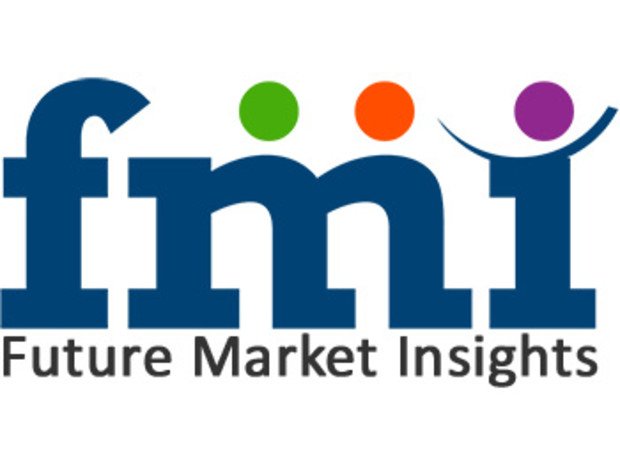Over the last few years, silicone have been a key component in the automobile industry for reducing overall weight of vehicles which further enhances fuel-efficiency. Further, the excellent properties of silicone allows market players to develop customized solutions as per end users' requirement.
Get a Sample Copy of Report: https://www.futuremarketinsights.com/reports/sample/rep-gb-980
Global Silicone Market - Growth Restraints
Fluctuating prices of raw materials are majorly hampering the silicone market growth. Government agencies such as the UK Competent Authorities and the European Chemicals Agency (ECHA) has impose reduction on the usage of cyclosiloxanes D4 and D5, used in cosmetic and personal care industry.
Both the silicone products are expected to be limited to concentration of 0.1% by weight in cosmetic formulations.
In the medical sector, silicone are considered medical-grade only if they meet the standards of USP Class V and VI. Furthermore, silicone manufacturers have to fulfill various regulations including, Restriction of Use of Hazardous Substances (RoHS), the Dodd-Frank Act, and the US government's International Traffic in Arms Regulations (ITAR) for production of silicone rubber used in the healthcare sector. The entire process is time-intensive, thus, putting strain on the market revenue pool.
Impact of COVID-19 on Global Silicone Market
The COVID-19 pandemic has created a steep downfall in world economy by halting manufacturing processes and disrupting supplies in global trade.
Silicone is common place material in several industries - cosmetics, automotive and construction - as such, drastic reduction in demand from these end-use industries is severely hitting the profit margins of manufacturers.
Consequently, manufacturers are partially or completely holding their production units, further causing tower oil in the supply chain.
On the other hand, demand for silicone from the health care sector have seen a significant uptake amid the COVID-19 pandemic. Medical gloves derived from silicone cause none to minimal allergic reactions. Moreover, rising concerns regarding virus spread are fueling the usage of silicone gloves for common use, and this demand will continue for a long period.
Request Brochure of Report:https://www.futuremarketinsights.com/reports/brochure/rep-gb-980
Global Silicone Market - Regional Analysis
Asia Pacific (APAC) would remain in the vanguard of the global silicone market both in terms of revenue share and CAGR. The market growth in the region is majorly driven by well-established electronics and automotive industry.
High adoption of renewable energy and fast uptake of electric vehicles (EV) are providing lucrative opportunities for silicone manufacturers. China, Japan, India, and Australia are attracting huge stakeholders' attention, given the presence of a large manufacturing sector in these countries.
Emergence of the automotive sector in Mexico is driving the silicone market in North America. Rising demand for minimally invasive surgeries in tandem with well-developed healthcare infrastructure is further propelling the regional market.
Global Silicone Market - Competitive Landscape
The global silicone market is fairly consolidated comprising limited number of players. These market leaders are continuously focusing upon expansion activities and R&D projects to widen the application of silicone materials. For instance,
- Wacker Chemie AG (Germany) and Shin-Etsu Chemical Co. Ltd. (Japan) are expanding their manufacturing units in APAC, owing to low cost production and cheap laboratories.
- In June 2020, Shin-Etsu developed a new technology - Reduced-Platinum Reaction Curing System Technology - for reducing the usage of platinum in silicone release coatings.
- Shin-Etsu
- Ashland
- Momentive
- Kemira
- Dow Corning
- Evonik
- Wacker Chemie
Global Silicone Market - Segmentation
The global silicone market is segmented on the basis of following,
By End Users
- Construction
- Automotive
- Industrial Application
- Other
- Acetoxy
- Oxime
- Alkoxy
- Others
